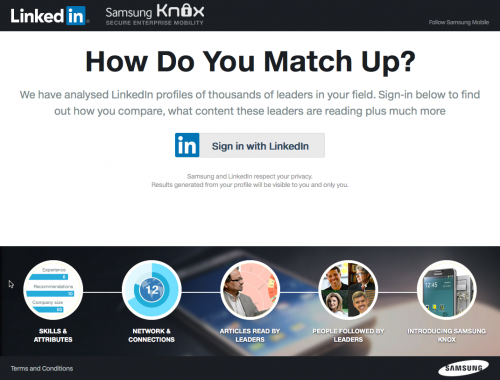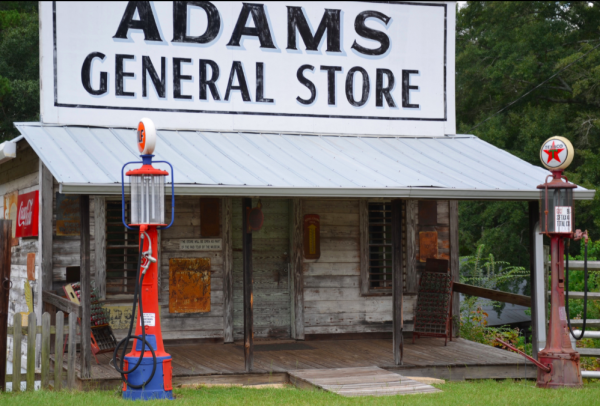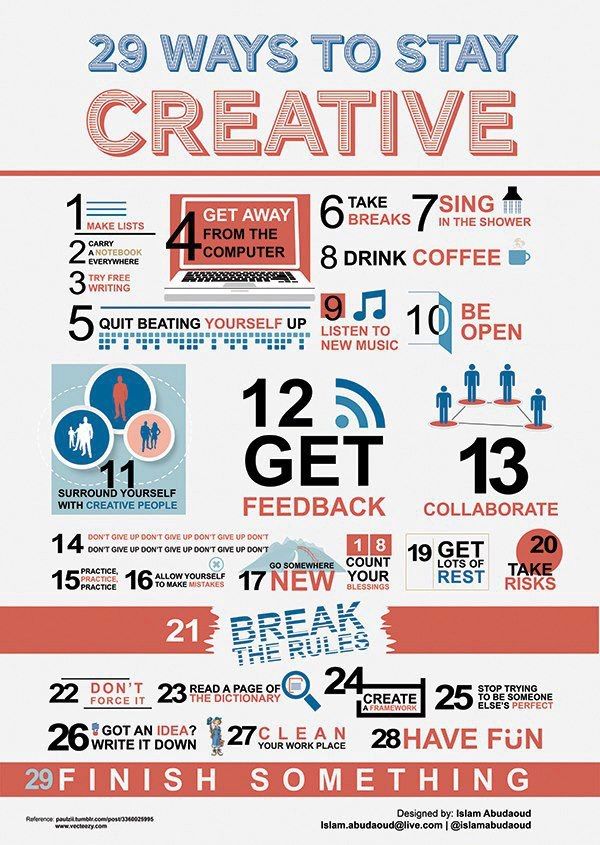At Friend2Friend we’re shortly to be launching a very complex LinkedIn API integration on behalf of LinkedIn and Samsung, in our capacity as a leading Certified Developer Partner. Called “How Do You Match Up,” the campaign is designed to build awareness for the Samsung Knox phone.

One of the actions in the app is to ask visitors for tips on how they manage work/life balance. Presumably this aligns with the brand messaging for the Knox phone, which works as a personal and a work phone. In testing the app, I naturally had to think of an answer, and that got me to appreciate the way technology has helped in whole new ways for me this year.
I was an early adopter of the #FitBit. I bought one almost as soon as it came out, and happily fell in and out of activity with it, regularly reaching 10,000 steps a day. But I did it alone.
2014 welcomed a whole new FitBit regimen. With a small group of friends and family, I am now part of a FitBit ladder, where we regularly Taunt and Cheer who is at the top of the weekly walking list. Having the FitBit, in combination with the ladder, has wholly changed my approach to my day. Small changes, like parking further away and always taking the stairs. One of our ladder actually empties the dishwasher one item at a time to get more steps….and wears it on her bath towel so as not to miss early morning steps. That’s some psychology at work.
But it has also encouraged huge changes, like my daily commute is now two hours of walking at what has been referred to as “a jaunty pace” for the round trip between home and Caltrain. At first this was a challenge, but now less so. I’ve discovered the family can wait an extra hour until I get home for me to cook dinner. And, actually, they can also shop well under instructions, and cook, so it’s even ready when I get home.
It’s all about psychology. It’s amazing the difference ‘counting’ makes. And counting with friends is so much more fun. When I have done a studly 20,000 steps a day, I am cock-a-hoop. No doubt irritatingly so.
This has all added up to a huge difference in balancing work and life. Instead of going to the gym, I walk and listen to books. I think about the day, and my plans. I make phone calls. I schedule appointments. I think of ideas for what to do this summer with the family. And I delegate parts of the running of the family to my capable teenagers. In combination with Audible’s impressive range of books, the walks are both invigorating for the mind, and the body. Finding the time is fun and welcome. And, finally, having linked together FitBit’s app with the Withings scale and LoseIt, I’ve also said goodbye to 15lbs since January.
This is wearable tech at its best.


